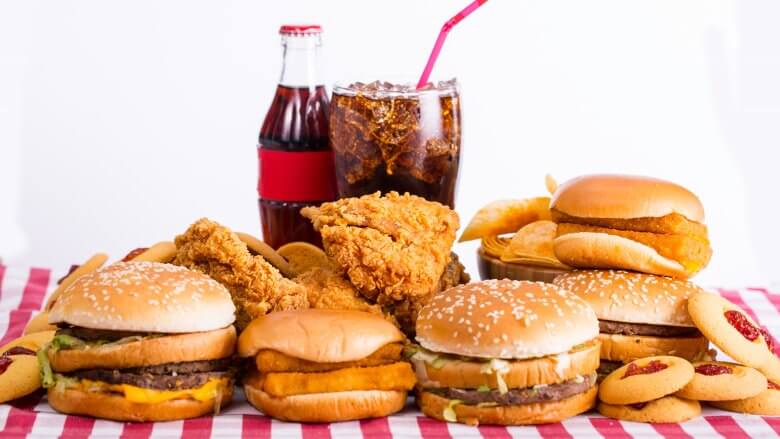Location analytics is frequently used narrowly for attribution. However, it may and have to be employed more drastically for the target market and competitive insights. A top-notch instance of this comes from Viant, a people-based advertising technology organisation, which used region records, loyalty card and transaction records and machine mastering to understand the affinities and conduct of rapid-meals shoppers and group them into awesome sub-segments for greater customised targeting.
Five million consumer visits analyzed
Partnering with an unnamed area intelligence enterprise, Viant analyzed nearly 5 million client visits from nearly 2 million people over the route of six months in 2018. The client was “a mid-length countrywide sandwich store chain with greater than 1,000 franchise eating places.”
The variables tested covered eating place visitation frequency, meals bought, and spend – among different elements. The observe additionally tracked the cohorts’ most-watched TV packages, retail affinities and visits to competition’ speedy-foot locations. Using system gaining knowledge of, Viant identified five key patron segments, which had occasionally been overlapping, however had wonderful options and behaviours:
Breakfast Buyers
Lunchtime Loyalists
Primetime Patrons
Weekenders
Devoted Diners
While this type of personality work (and alliteration) isn’t new, using place facts to build the personas and mixing it with a bunch of different information captured from real-global sports and transactions gives a much richer and extra unique view of the customer base. It additionally offers a new variety of lenses thru which to examine customers.
Mostly wonderful audience segments
There’s a tendency to phase rapid-food audiences by way of age, ethnicity or gender. However, this version is more complex and includes layers of purchaser behaviour.
Breakfast customers have been found to be “extra enthusiastic for the franchise than most” and more likely to drive an SUV. Papa Johns become discovered to be the top competing QSR brand on a listing of six. These individuals keep extra at Nordstrom, Target, Walmart and Amazon in comparison with the country wide common. According to the information, their pinnacle TV show was NCAA football.
Lunchtime Loyalists watch Fixer Upper, keep at Nordstrom and go to Chick-Fil-A when they’re now not eating on the patron restaurant. They also visit Starbucks and drink Coke an awful lot extra than the country wide common. Primetime Patrons are much more likely to be beer drinkers, devour on the Olive Garden, watch ESPN and get fuel from a Shell-branded station.
So-known as Weekenders have been determined to be loyal to a single eating place area, “most in all likelihood close to their place of residence.” Panera is the cross-to competitive chain. They spend much less than the national common on Amazon and, like Breakfast Buyers, NCAA football is their top “show.” They additionally spend the kind of $ fifty-six in step with the region at McDonald’s.
Finally, Devoted Diners are lovers of The Voice and spend $ sixty-seven per area at Papa John’s. Most importantly, they had been the best frequency clients, “who visit more than some other organization” and patronize more than one franchise places in a given month. They additionally visit regardless of the time of day or day of the week.
Building greater personalised campaigns
One of the maximum exciting parts of the take a look at, which isn’t fully exposed, explains how distinct channels paintings higher for unique audience segments. For instance, laptop commercials have been 2x much more likely to persuade Breakfast Buyers than a cell. Lunchtime Loyalists also have been more attentive to computer campaigns. Primetime Patrons replied maximum to CTV advertising and marketing: “They are forty% much more likely to go to after seeing a CTV ad than a cell advert.” Desktop video worked pleasantly with Weekenders. However, cellular commercials have been handiest with the extremely-loyalist Devoted Diners.
With this information, Viant and its consumer can take intention on the one of a kind segments with particular, extra personalized, campaigns and advert innovative. The agency might want to cope with the organisation with the weakest loyalty or frequency to look at whether that conduct can be changed. It also can test a conquesting campaign with a selected section and then increase that to additional audiences if a success.
But the primary fee in all this, arguably, is that place insights can build whole extra information of the customer. And the distinction among vicinity intelligence and survey facts is which you’re getting real conduct instead of critiques and reminiscences, which can be imprecise or in any other case faulty.








